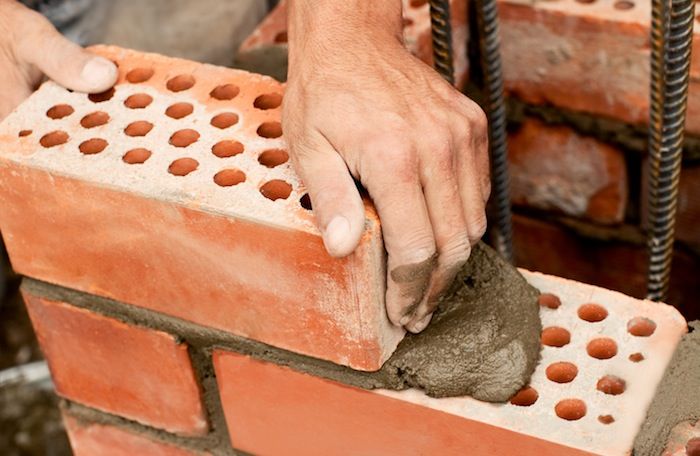
Construction output jumped by 2.4% in February giving the sector the highest monthly cash boost, £15.6bn, since records began, says the Office for National Statistics.
The rise was driven by private housing repair and maintenance and non-housing repairs, which lifted by 5% and 3.7%, respectively.
It follows a 1.7% sector fall in January, with the monthly cash flowing into the industry in February the highest since the ONS began collecting this data in January 2010.
“The increase was partially driven by a bounce back from the fall in January 2023, but also continued strength across repair and maintenance sectors,” says the ONS reporting anecdotal evidence from companies.
It adds: “Many firms also noted an improvement of weather in February, which allowed them to get more work done.”
Improvements in building work did not help the UK’s overall gross domestic product in February which showed no growth, as a 0.1% fall in the services sector and a 0.2% slide in production offset construction growth.
A broader measure of the economy, saw UK GDP lift by 0.1% in the three months to February.
Mather & Murray Financial advisor Samuel Mather-Holgate says: “With more people staying put rather than moving, we are seeing this reflected in the amount of money spent on private housing repair.
“The headline numbers are positive, but if we drill down into what makes up the top figures, we see the reasons for the increase.
“The government should be striving to shift the balance onto new construction projects, but we have seen from their latest Budget that they are a party out of ideas as to how to stimulate this sector.”
SelfEmployedMortgageHub.com funder Graham Cox adds: “These increased construction output figures are a symptom of high mortgage costs.
“Instead of moving and spending thousands on stamp duty, homeowners are staying put and spending money on extending and improving their current homes. This is another sign house prices have a long way to fall yet.”
McBains managing director of property and construction Clive Docwra says: “As January saw the weakest monthly growth since June 2022, the construction industry will welcome today’s figures, with the proviso that much of the increase in output during February reflects a bounce back from the disappointing previous month.
“The increase was also driven by repair and maintenance work rather than new orders, confirming that caution is still the watchword among many investors who are holding back on new projects.
“There remains a mixed picture across work sectors — for example, new commercial housing projects saw a 4.4% fall, continuing the trend of not enough housing being built.
“Looking further ahead, the outlook for March may be less optimistic, given that it was the wettest for 40 years which will mean site work will have been impacted.
“Skills shortages are also still biting, and while the recent announcement by the government that bricklayers, roofers, carpenters and plasterers will be added to the Shortage Occupation List from this summer means the skills gap will be partially plugged, we would have liked to see additional professions such as electricians also added to the list.”



